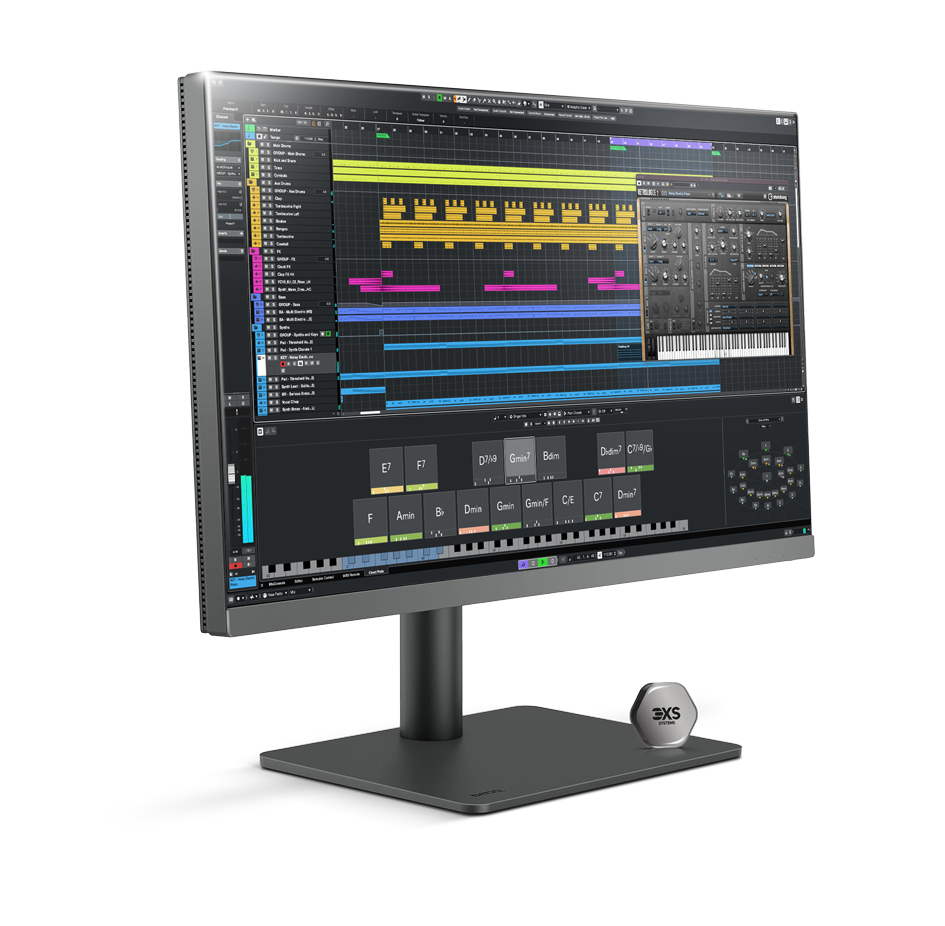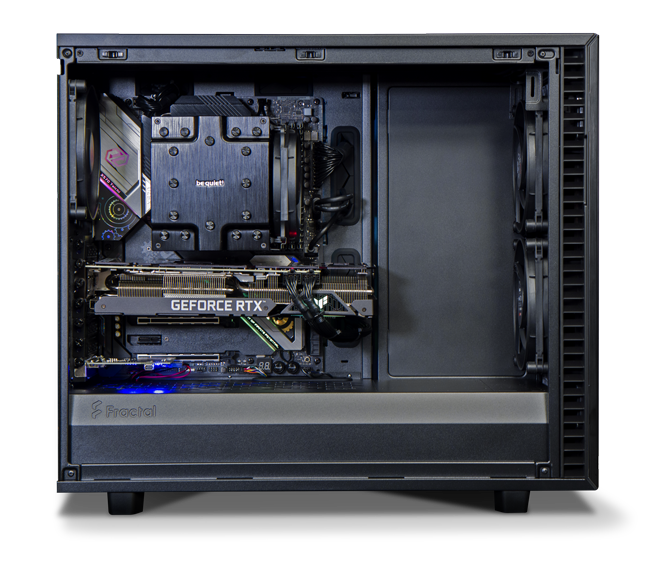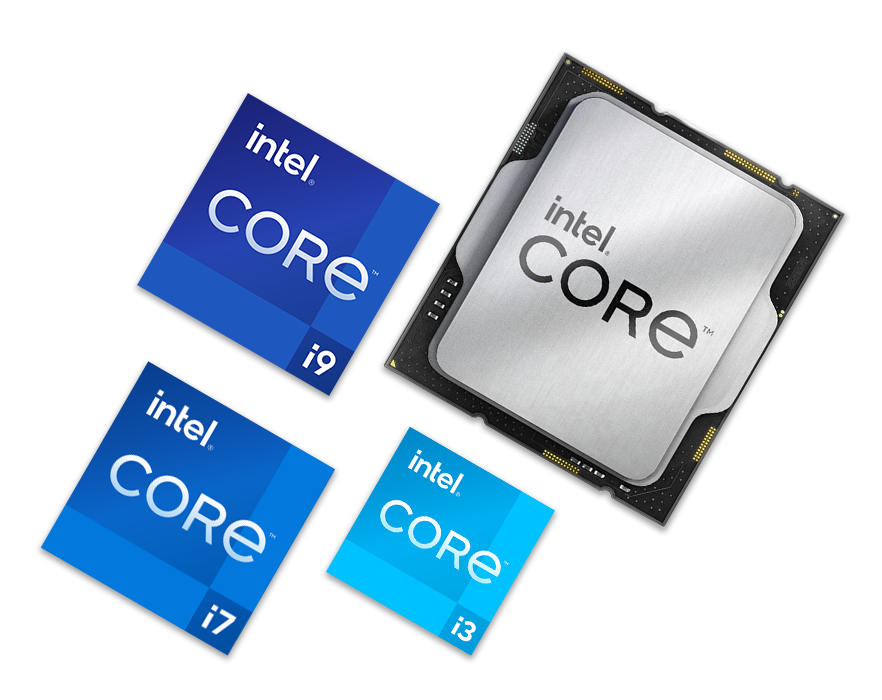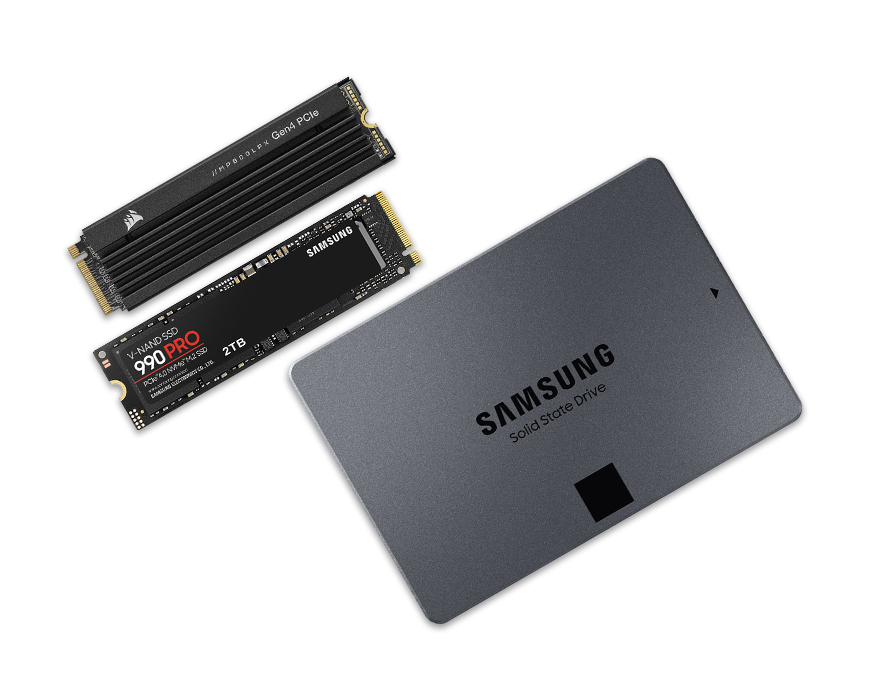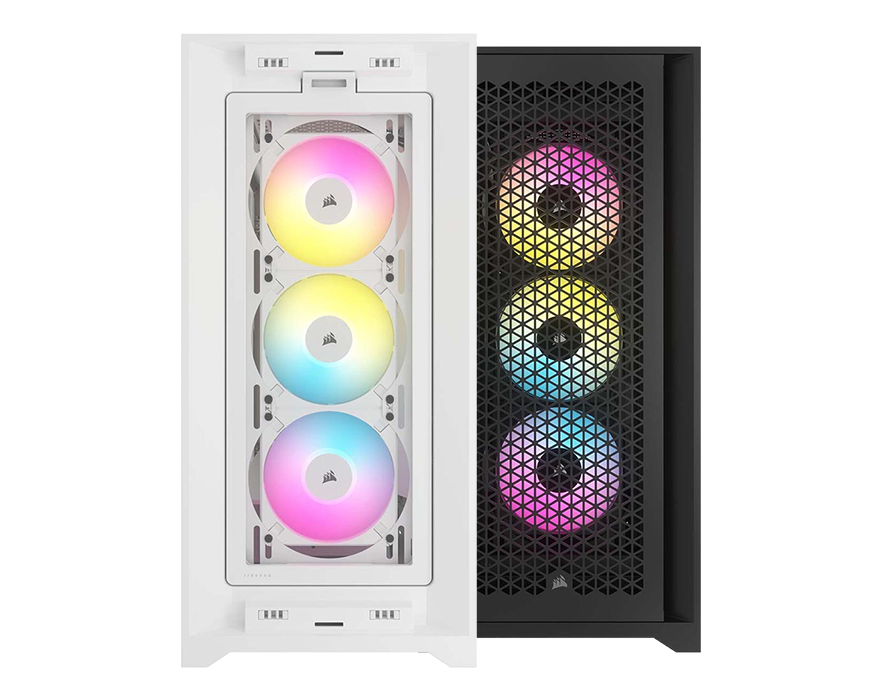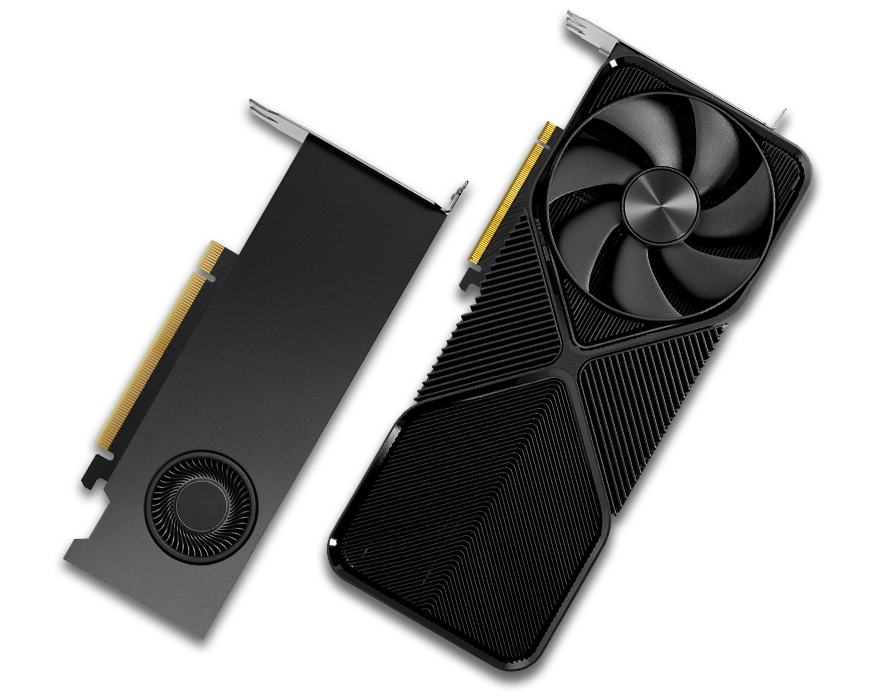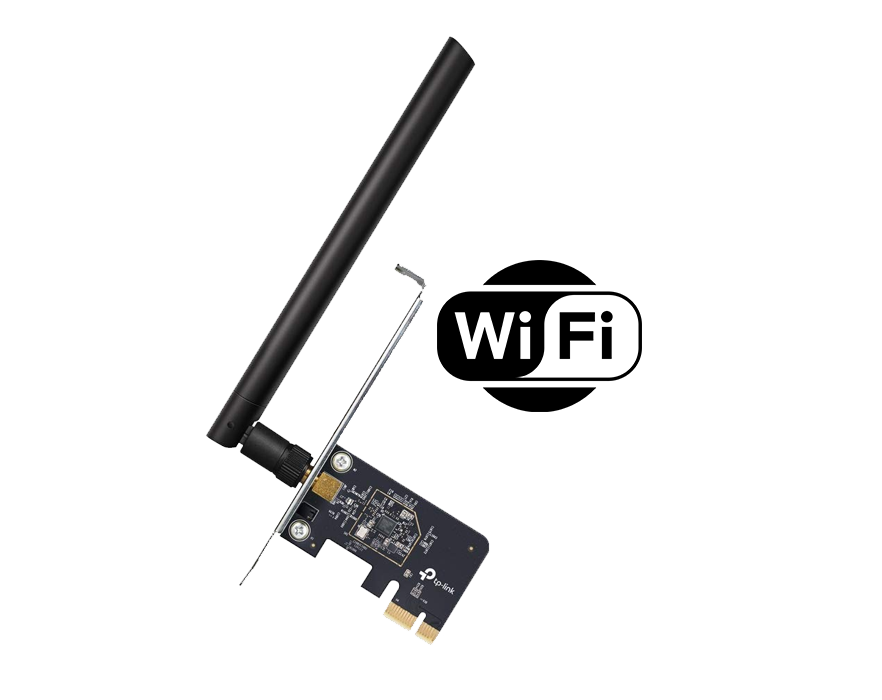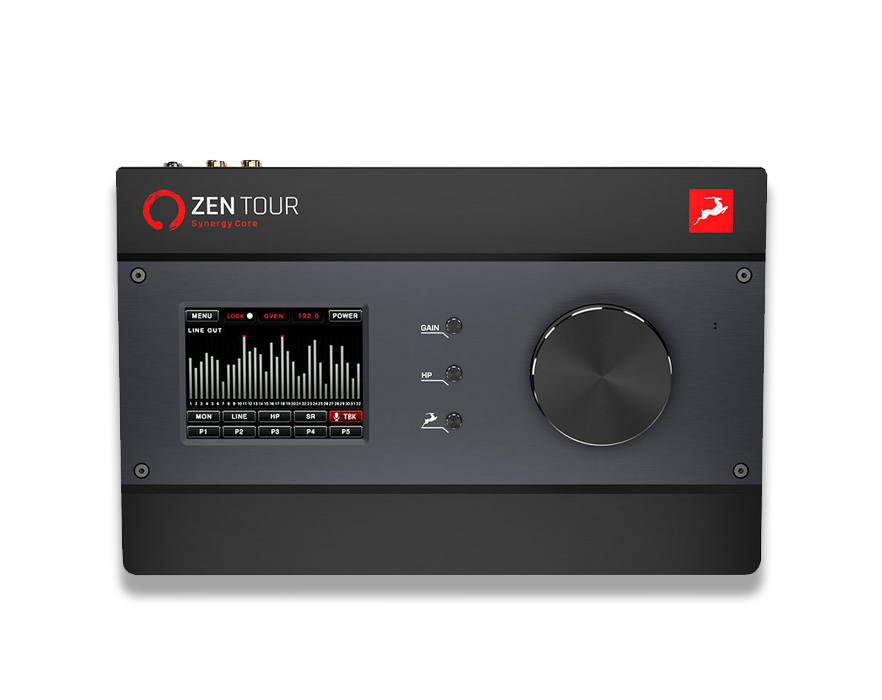Pro Audio PCs
The right setup for electronic production / How to choose an audio system when working "in the box"
3XS Systems is a UK based award-winning manufacturer of hand crafted pro audio pcs
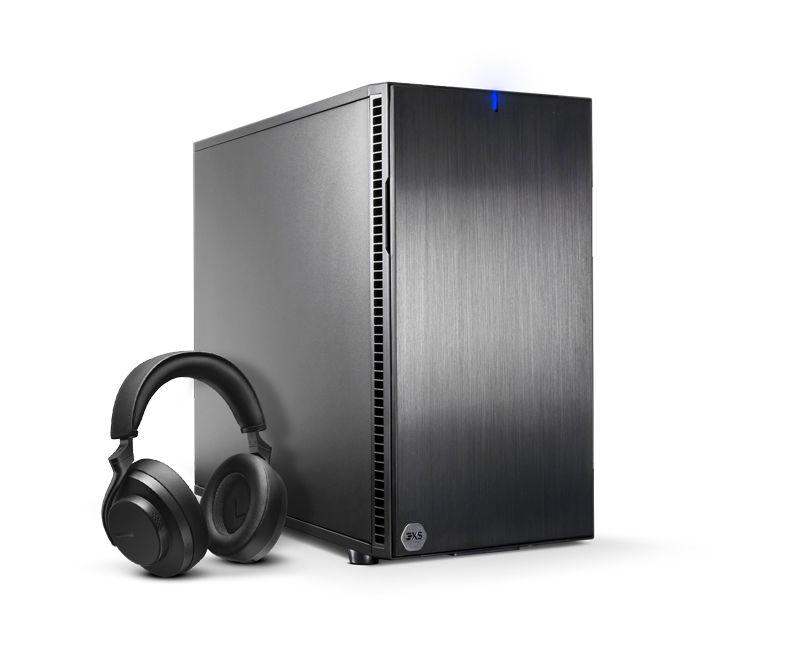
Recommended systems
Take a look at some of our custom crafted PCs, we have configured to help you choose your ideal system
EZ790

A good value first system, based around a high-performance Intel chip and DDR4 memory. This setup performs best with in the box production, where synths and effects take the most advantage of the systems strengths.
AX670

A great all-rounder, offering the best overall performance when considering power usage. If you need a powerful studio computer which can run quietly within your recording space, the AMD Ryzen series is superb choice.
TZ790

Intel's 13900K has class leading performance from its CPU and up to 192GB of DDR5 memory support. Whilst often the very best choice for handling synths, effects and audio libraries, its high performance means that additional fans are a consideration in low-noise recording rooms.
Why choose 3XS?
Technology changes fast and putting together your ideal recording studio PC can give rise to many choices and concerns. Where often you find performance at the cost of noise, we aim to strike a balance and offer you the power whilst running a quiet system. All of our systems are designed with this in mind along with the ability for you to customize them further.
With more than 20 years building award winning systems our team includes industry experts who understand the importance of building a system which will integrate smoothly into your setup. Whilst our configuration pages offer selectable pre-tested options for you base your system around, our staff are always on hand to discuss and further tweaks and additions you may want to add.
If this is your first system, or even a long overdue upgrade, you might be wondering about the importance of each component choice. Following on below, we have a breakdown of what to keep in mind as you make your studio PC selection.

Optimizing for in the box production
